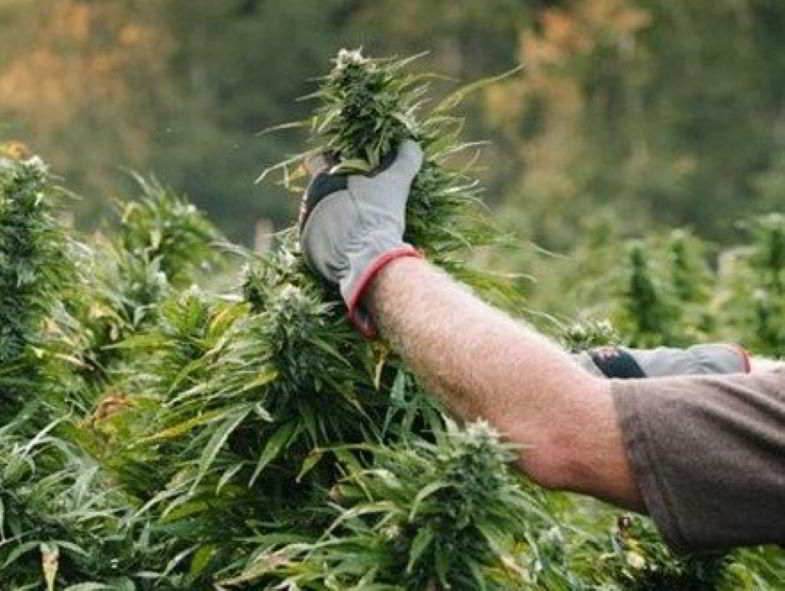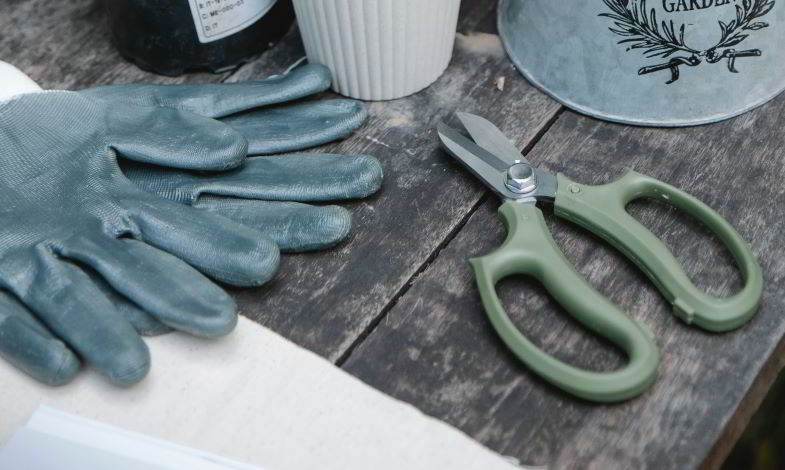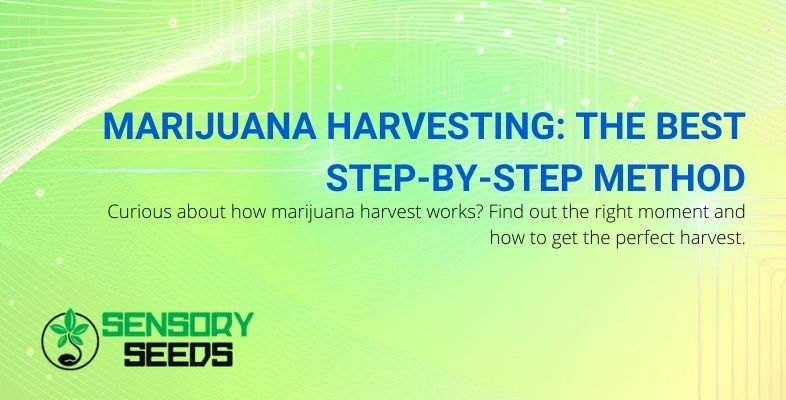Modified on: 29/07/2021
Curious about how marijuana harvest works? Find out the right moment and how to get the perfect harvest.
Many people think that after planting marijuana seeds and paying close attention to the growth phase of the plants, the job is almost done.
In reality, this is not the case. The cannabis harvesting phase is crucial and essential to ensure that all the previous work is not wasted. Therefore, it is necessary to determine the right time and the most appropriate method.
How do you know when is the best time to harvest?
What are the best techniques?
Find out how the most experienced cannabis growers achieve the best final products through the proper cannabis harvesting.
Here are the essential points, step by step.
How can I find the right time to harvest marijuana?
To obtain excellent final products, it is not only necessary to choose the best varieties of BSF cannabis seeds and to pursue cultivation with care and carefulness, but it is also essential to determine the right time for harvesting.


Cutting marijuana buds when they are not yet fully mature or overripe can dramatically change the appearance and yield of the products and their effects and smell.
How do you know when it’s the right time to harvest marijuana?
There is no scientific certainty about this. Whether a plant comes from self-flowered seeds, feminised seeds or other species, the times can change slightly. We can talk about 8-10 weeks after the germination phase but to proceed with accuracy, the best choice is to watch for settlement signals.
Here is what they are.
Read also: Cannabis with yellow leaves: why does happens and how to fix it?
First sign: the yellowing of the leaves.
One of the first signs that it’s almost time to harvest cannabis is visible in the leaves’ structure.
When the leaves turn yellow, it is usually a symptom of nutritional problems. However, if this phenomenon occurs when the plant is already rich in flowers, it means that it giving away its energy and juice to the buds that can better develop with a proper light intake.
Therefore, the yellowing of the leaves (at this stage) is a strong signal that the ideal time for harvesting is coming.
Second sign: the pistils turn reddish.
If you wonder what the pistils are, they are small, fine filaments on the cannabis buds that will escape from the calyxes and be seen with the naked eye.
Pistils contain the plant’s reproductive organs so that a male cannabis sample can produce cannabis seeds.
The colour of the pistils – during the flowering phase – is white, but the closer the flowers get to the maturation phase, the more the colour changes towards red.
To continue with the cannabis flowers harvesting, you should wait until 70-90% of the pistils turn red.


Third sign: the trichomes become milky.
Trichomes also give signals about the maturation of cannabis and are, according to some experts, the most important.
If you are wondering what trichomes are, they are tiny glands found in the leaves and flowers of cannabis buds. Their mission is crucial: they produce both cannabinoids and cannabis terpenoids!
Differently to pistils, trichomes are not visible to the naked eye but are examined with special instruments.
But how do trichomes indicate that it is time to harvest marijuana?
When they are transparent, they become whiter and opaquer.
Once this phase is reached, it is best not to wait too long as they become amber-white and increase the effectiveness of the cannabis.
It is now time for harvesting marijuana.
Once you have identified the plant’s signals that it is time to harvest, you can take action.
How do you do it?
First of all, you need the right equipment consisting of manicure and cutting scissors, thin ropes and powder-free gloves.
The ideal time for harvesting depends on the type of crop! In outdoor crops, it is best to cut the plants in the morning, while for indoor crops is best as soon as the light is turned on, because resin production is more intensive during the dark cycle.
As far as the method is concerned, we often continue with “staggered or progressive harvesting”, which gives the plant the best yield.
It is often the case that the flowers’ tip have a high percentage of opaque, white and amber trichomes (and are therefore ready for harvesting), and the flowers on the lower part of the plant are still entirely transparent.
Ideally, the higher situated ones should be collected – while exposing the remaining ones to a brighter light source – monitoring the arrival of the most appropriate time for a second harvest.
In general, harvesting is divided into two phases in indoor cultivation, while in outdoor cultivation, where the plants can grow to larger sizes, the number of harvests can increase.
However, as already mentioned, the harvesting periods, how the plants mature and, therefore, the modalities can vary depending if we are talking about fast-flowering feminised plants or other varieties.
After harvesting, you will continue with the following phases, which consist of cutting, drying and tanning.
Read also: What to do when cannabis plants don’t grow or when the growth is stunted
Conclusions.
As you have read, to obtain a high-quality cannabis harvest, you have to pay attention to the plant’s messages, which cannot be based on fixed parameters.
This last phase will be crucial to ensure that all the work, from clamping to maintaining the plant to maturity, can be fully utilised.
As a reminder, cannabis cannot be grown in the UK. So, when you visit our shop to buy SensorySeeds cannabis seeds online, you should purchase them as collectables.
Check out our many suggestions. We are waiting for you!









